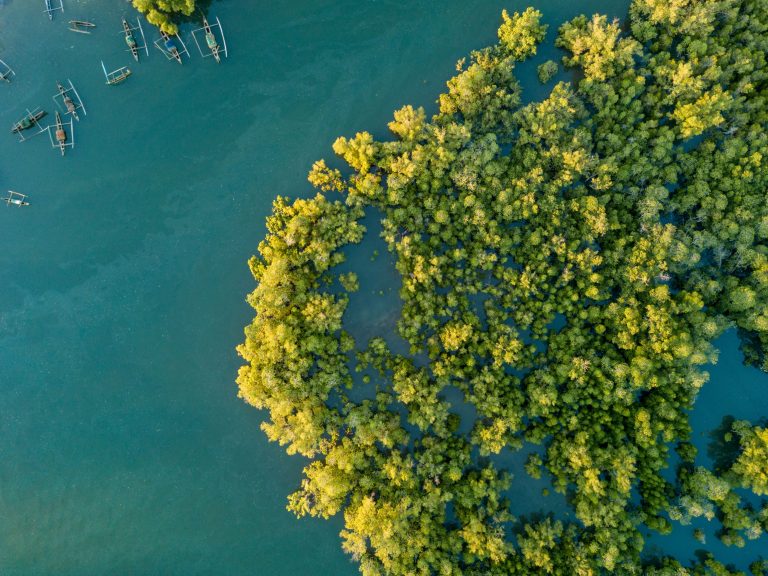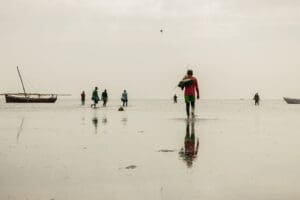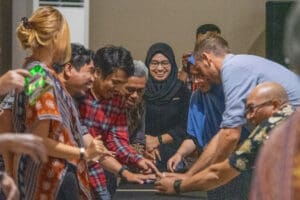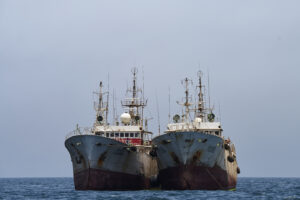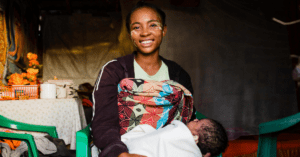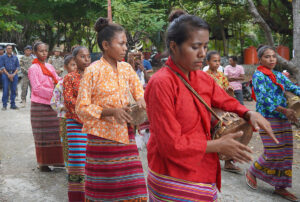Groundbreaking new research recently published in Ecosystems helps to shed light on the fate of the carbon stored in mangrove soils following deforestation, emphasising the importance of conservation in the face of the climate emergency.
In the context of the climate emergency, mangroves are critical ecosystems to coastal communities across the tropics. Often the only barrier between villages and the open ocean, mangroves help protect people’s houses and businesses from the increasing number of tropical storms resulting from our changing climate. Due to their capacity to adapt to rising sea levels, mangroves also help to protect coastal villages from flooding. Furthermore, they are a vital habitat for many of the small scale fisheries that are the foundation of coastal livelihoods and food security across the tropics.
Over the last two decades, the substantial capacity of mangroves to capture and store carbon has been increasingly acknowledged. Studies conducted in Madagascar and across the tropics have shown that mangroves can sequester and store up to five times more carbon per unit area than terrestrial forests. This makes them one of the most effective nature-based climate change mitigation solutions available.
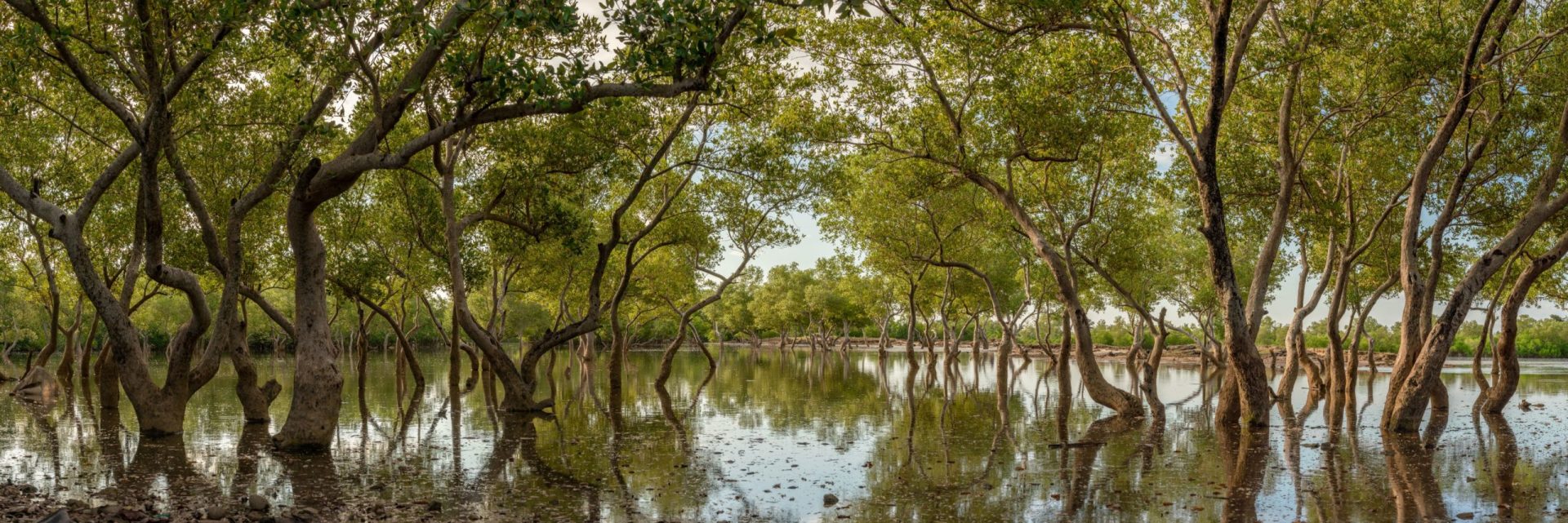
What is the fate of this stored carbon if mangroves are deforested?
As is common across the West Indian Ocean, in Tsimipaika Bay, northwest Madagascar, mangroves are being harvested for charcoal production at an alarming rate, with an area equivalent to almost 800 football pitches being cleared annually in recent years. This is having a devastating impact on the fisheries upon which so many people depend.
Blue Ventures is supporting community groups in the region to develop and implement sustainable mangrove management plans in order to reverse this trend. Effective locally led management costs money, so we have been exploring the viability of climate finance as a funding mechanism for this management, and the broader economic resilience of the region in the face of a rapidly changing climate. This approach has already been successfully trialled by communities in southwest Madagascar.
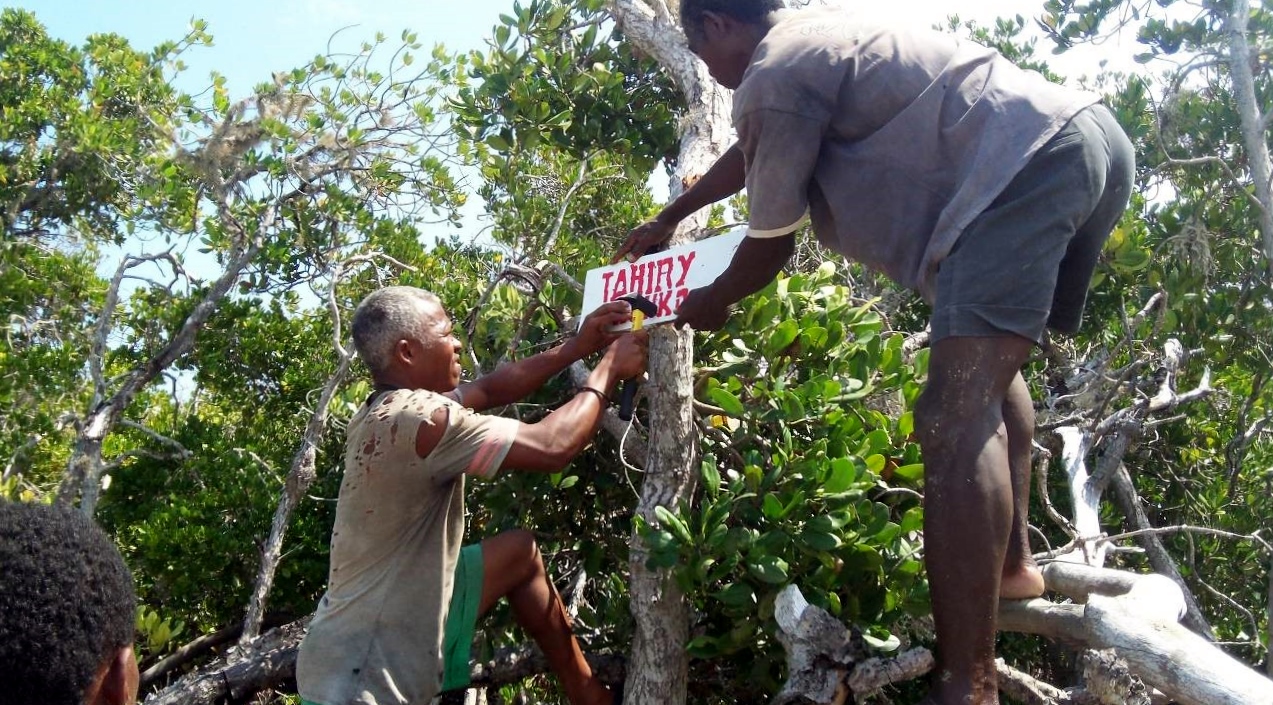
In order to be able to access climate finance, communities need to quantify the carbon impact of their conservation; how much CO2 emissions will locally led conservation prevent? In order to answer this, we need to know how much CO2 is emitted when mangroves are deforested. The fate of the carbon in the trees and roots is well established in scientific publications. However, over 75% of mangroves’ vast carbon stocks are stored in their muddy soils. The impact of deforestation on this carbon is less well known, particularly where mangroves are harvested for charcoal production. Given that such a high percentage of mangroves’ carbon stores reside in the soil, this lack of understanding is a major barrier to communities realising the full potential of climate finance.
To help address this paucity of data, together with the Universitat Autònoma de Barcelona and Edith Cowan University in Australia amongst others, Blue Ventures conducted novel research which has recently been published in the journal Ecosystems. Together with our collaborators, we compared the characteristics of soils from mangroves that were deforested 10 years ago to those of healthy mangroves.
Our results show that:
-
- Every year, one hectare of healthy mangroves in Tsimipaika Bay can capture and store in their soil the same amount of CO2 that is emitted by an average passenger car travelling 16,000 miles.
- Conversely, mangrove deforestation leads to the loss of 20% of the carbon stored in the top 1m of soil over 10 years. This equates to over 450,000 passenger car miles – that’s 18 times around the world – or 2.5 tanker trucks’ worth of petrol.
- The annual rate of carbon loss from deforested soils is 4.5 times faster than the rate of carbon uptake in healthy mangrove soils. This means that to counterbalance the carbon loss over the initial 10 year period, 4.5 hectares of mangroves need to be replanted for every hectare deforested. And establishing high rates of carbon uptake through restoration of mangroves can take decades.
- Thus, over timeframes relevant to the climate emergency, it is far better to conserve mangroves and keep the carbon in the ground rather than relying on restoration.
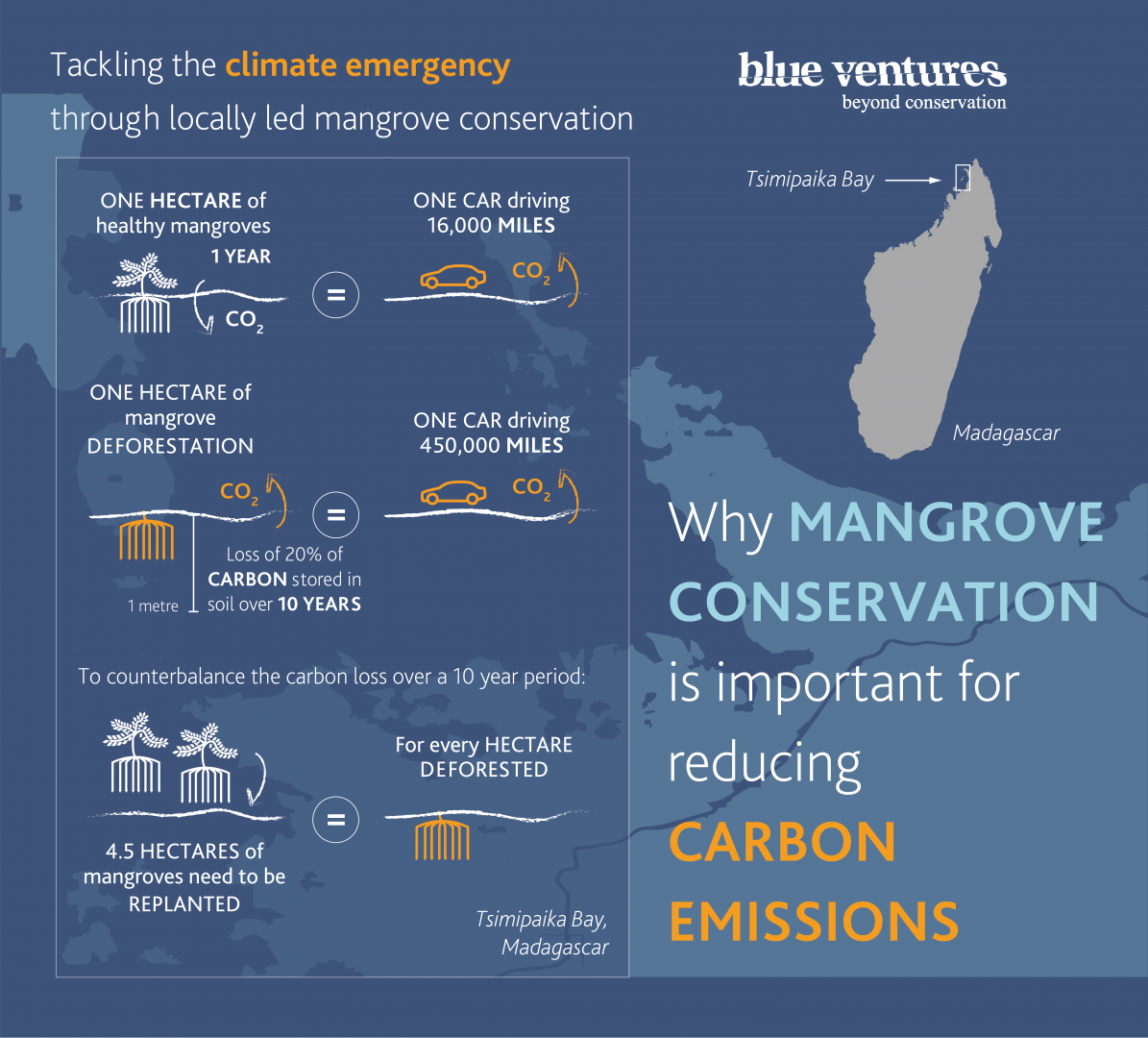
In highly degraded mangrove ecosystems, restoration is without doubt incredibly important, both from a climate and coastal resilience perspective. However, this research shows that soil carbon loss through deforestation will take substantially longer to restore with mangrove reforestation of degraded and deforested areas. Highlighting the importance of pragmatic, locally led conservation ahead of reactive restoration efforts.
Community led management will lead to the protection of Tsimipaika Bay mangroves plus increases in carbon sequestration and storage through conservation and restoration activities. By putting numbers on these increases, this research enables communities in Tsimipaika Bay to maximise their revenue from climate finance projects.
This is complex science, but by establishing the carbon losses and gains from mangrove management in a context that is relevant across the West Indian Ocean, and in many other parts of the world, other mangrove carbon initiatives can use our results to improve project revenues for coastal communities and support effective climate policy decisions.
Download the full paper
Learn more about Blue Ventures’ Blue Forests approach
Watch our film ‘Tahiry Honko – a community led mangrove carbon project’
This work was generously funded by the GEF Blue Forests Project. Blue Ventures would like to thank our co-authors, without whom this important research would not have been possible. In particular, Ariane Arias-Oritz, Pere Masque and Cath Lovelock.

